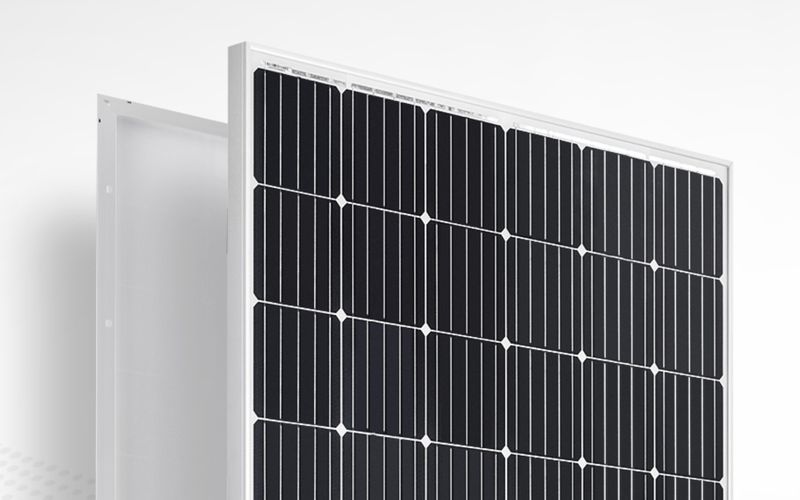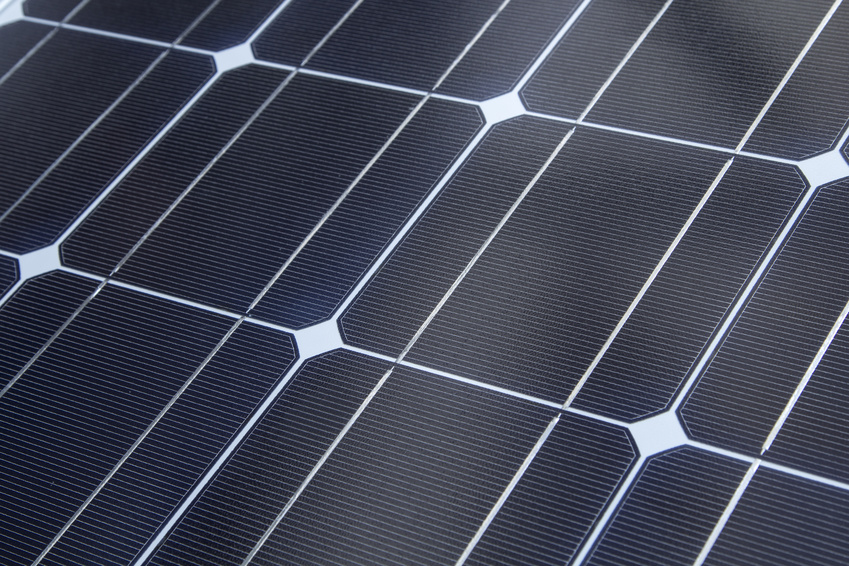Solar cells with PERC — Passivated Emitter and Rear Contact or Passivated Emitter and Rear Cell — are a relatively recent solar technology that was created in 1989. The new design attempted to address some of the difficult efficiency limits that previous cells posed.
As panel producers began installing a front passivation layer to avoid electron recombination at the front panel, traditional cells witnessed an increase in efficiency.
Further efficiency gains were obtained by limiting the number of electrons touching the panel’s back.
PERC cells go one step further by adding a capping and passivation layer to the back surface of photovoltaic (PV) panels, minimizing back-side recombination.
These layers also aid to keep the panels cool from unreflected solar energy. Because panels work better at colder temperatures, this contributes to improved performance.
PERC Solar Cells: Varieties and Applications

Monocrystalline and polycrystalline are the two main forms of PERC solar cells, which are also subclasses of conventional cells.
Monocrystalline PERC cells, also known as mono PERC cells, are constructed from a single piece of silicon. The term “ecosystem” refers to a group of people who work in the construction industry.
Polycrystalline PERC cells, also known as poly PERC solar cells, are made from significantly smaller silicon shards. Polycells are less expensive since the production method is substantially more affordable. Yet, the light-scattering impact they can produce affects conversion efficiency.
Conventional solar modules can also be manufactured as thin-film panels, which are the least expensive yet the least efficient. Thin-film applications for PERC cells are currently unavailable.
Conventional Solar Cells vs. PERC Solar Cells

PERC solar cells and regular silicon solar cells have only a few fundamental distinctions. These discrepancies, however, result in major disparities in overall efficiency as well as panel production and installation costs. Some of the most significant changes are given below.
Since they eliminate rear-side electron recombination and higher panel temperature from solar heat, PERC solar cells are more efficient.
Traditional cells have a maximum efficiency of roughly 20%, whereas PERC cells have a maximum efficiency of around 23%.
Also read: All You Need To Know About Thin Film Solar Panels 2023
Because PERC cells include more boron in their components, the danger of Light-Induced Degradation (LID) is increased. Nonetheless, manufacturers have taken steps to mitigate the danger of this loss of efficiency.
Traditional cells can be upgraded with PERC technology. It implies that Naturally, PERC cells will be more expensive.
PERC cells are bifurcated, which means they can produce energy from both sides of the panels. Conventional solar cells are not bifacial and can only use solar energy that enters through the top face.
Conventional cells now have a greater market share, while new technology is falling behind.
Installations for PERC cell panels are frequently less expensive because better efficiency means fewer panels are required to meet the energy needs.
How Do PERC Solar Cells Function?

To understand how PERC cells work, it’s important first to understand how traditional cells work.
How Traditional Cells Work
Conventional cells have a front contact on the front of the panel that receives sunlight, an n-type silicon layer beneath it, a p-type silicon layer beneath that, and a rear contact.
As sunlight passes through the front contact, valence electrons in molecules in the silicon layers are ejected toward the back of the panel, where they are converted into energy.
When the electrons are discharged, an imbalance in the positive and negative silicon layers produces a rebalancing of positively charged “holes” (the absence of a valence electron) and negatively charged molecules (the addition of an electron).
Solar energy entering the cell repeatedly recreates this process, and electricity continues to flow from the panel.
How PERC Cells Function Differently
PERC cells function similarly to NK cells, with a few major changes.
The negatively charged n-type sheet often contains more elements with an extra electron in their outer shell, such as phosphorus, to maintain the negative charge.
The positive p-type sheet contains positively charged holes into which those additional electrons can fit. These are typically boron or gallium, which lack the one valence electron required to bond with the silicon surrounding it.
Holes are atoms that lack an outer electron and naturally associate with atoms that have an additional valence electron.
This removes one more electron from the bond, which is subsequently discharged and collected as electricity.
When solar energy enters the panel, the positive and negative silicon layers naturally adjust, and the process starts over. While the underlying concept is the same, PERC cells include a few more layers to avoid electron loss to the outside world.
What Are the Extra Layers in PERC Cells Perform?

Secondly, they have a dielectric capping layer to prevent unneeded solar energy from being reflected and an increase in inner-panel temperature.
This single layer contributes to an increase in the amount of sunshine entering the PV module and can be used to continue the balancing-balancing process mentioned above.
This layer also aids in the prevention of recombination. Recombination occurs when electrons move from the conduction band, which is the electron band beneath the valence band, to the valence band.
The term “ecosystem” refers to a group of people who work in the construction industry. The capping layer allows these dangling bonds to be employed to push solar energy output rather than going unused.
PERC cells additionally have a passivation layer that inhibits electrons and holes from recombining at inconvenient times and places in the silicon layers.
Also read: What Are The Different Solar Panel Types?
Electrons and holes combining near the surface can result in energy loss since the released electron may not be captured by the inverter for conversion to AC current.
As you might expect, the ideal circumstance is for all of the extra electrons and holes within a cell to unite where and when the extra electron may be collected and used for energy production.
Both the capping layer and the passivation layer are modestly reflective. This implies that part of the solar energy entering the cell’s top that would otherwise escape through the rear is reflected back into the silicon layers and used by the cell.
This not only increases efficiency but also prevents some of the longer wavelengths from producing heat and therefore increasing the inside temperature of the cell. Adding a back surface field (BSF) to standard cells is an option, although it isn’t as efficient as PERC solar cell technology.
